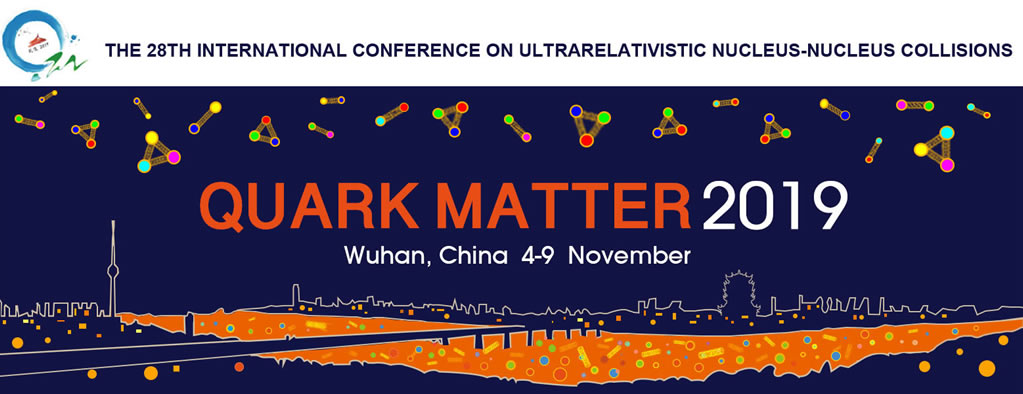Speaker
Description
The first RHIC Beam Energy Scan (BES-I) was run from 2010-2014 to search for the turn-off of signatures of the quark-gluon plasma (QGP), evidence of the first-order phase transition, and the possible QCD critical point. The QGP signatures studied in BES-I became insensitive or disappeared at energies below $\sqrt{s_{NN}}$ = 19.6 GeV. The fluctuations in the event-by-event net-proton multiplicities exhibited a dip at $\sqrt{s_{NN}}$ ≈ 19.6 GeV and a rise at 7.7 GeV. Motivated by the findings of BES-I, STAR has initiated a phase II of the BES program (BES-II). The BES-II program improves upon the earlier BES-I program with detector upgrades to extend the acceptance, higher luminosity to provide $10-20$ times better statistics at each energy, and a Fixed-Target program to extend the range of BES-II below the expected critical point. In this poster, results from the first dedicated fixed-target physics run at $\sqrt{s_{NN}}$ = 3 GeV will be presented. The run used a 250 $\mu$m thick gold target and accumulated 335 million Au+Au events. We present proton (and anti-proton) yields and multiplicities. These measurements will be compared with results from AGS experiments E866 and E895. We will discuss the implications of the observed multiplicities and efficiency corrections to the study of cumulants of event-by-event net-proton multiplicities up to the fourth order as a function of rapidity. It is expected that this collision energy of $\sqrt{s_{NN}}$ = 3 GeV should fall below the transition to QGP, therefore measurements at this energy will test for the return of the critical fluctuations to the expected baseline. Results at this energy will help understand the trends observed in the previous results from the BES program and preliminary results from HADES. Additionally, we will discuss the future of BES-II fixed-target measurements at RHIC.
